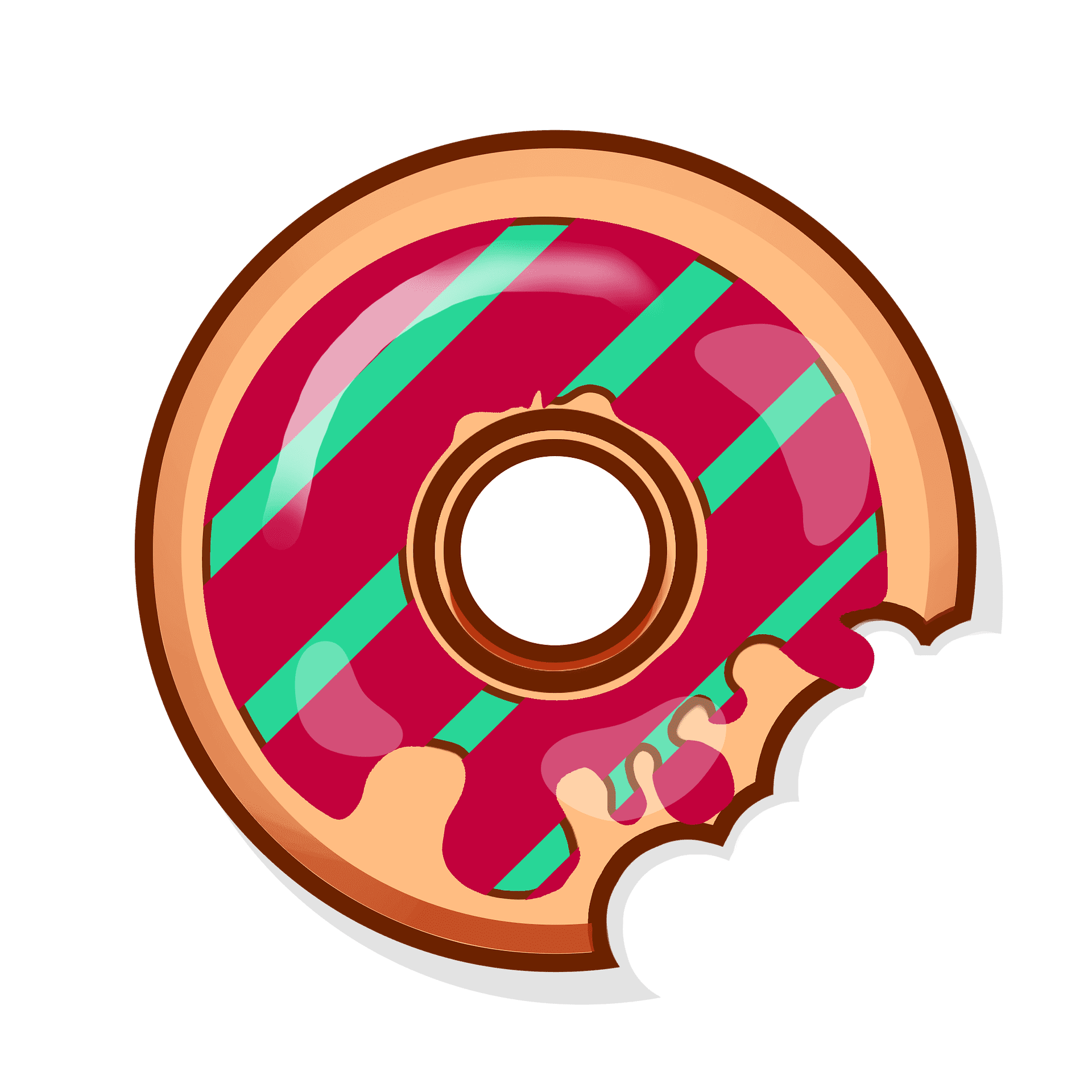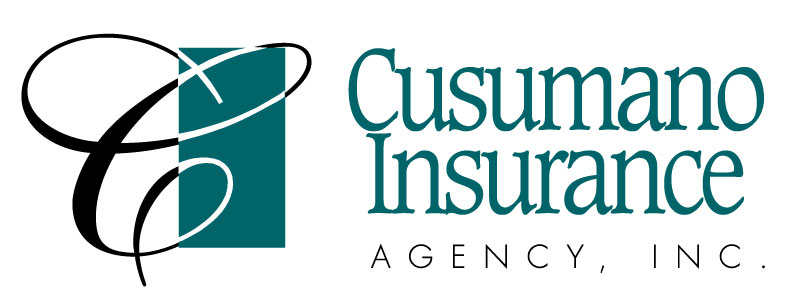
If you have a Medicare Part D plan for your prescription drugs, you may get a surprise at the pharmacist: The drug you were taking that has been covered all year suddenly isn’t covered anymore. Your pharmacist will charge you more for the drug.
If this happens to you, you’ve probably run into the Medicare Part D coverage gap, often called the “donut hole.”
Here’s how it works:
Once you and your plan have spent a certain dollar amount within a calendar year, coverage ceases. You’ll have to spend more for drugs out of pocket, or find some other resources, until you hit a catastrophic coverage threshold. At that point, Medicare Part D will cover your prescription drugs again, as it did before.
As of 2022, you’ll run into the donut hole once you’ve spent $4,430 in prescription drug costs. Once you hit that threshold, your coverage decreases, and you will need to pay 35% of the cost of brand-name drugs and 44% of the cost of generics.
You’ll continue to be charged this amount until you reach the catastrophic coverage threshold of $5,000 on prescription drugs during the calendar year.
Once you have emerged from the donut hole and you are in the catastrophic coverage phase, you will be charged not more than 5% of your prescription drug costs from that point.
The good news: Things will improve next year, when Part D beneficiaries will only have to pay 25% of drug costs while in the coverage gap. That’s because pharmaceutical manufacturers currently pay 50% of brand-name drug costs while customers are in the donut hole. Under a law passed in February 2018, these pharmaceutical companies will begin paying 70% next year.
How to Reduce Drug Costs
- Switch to generics. Speak with your doctor or pharmacist and ask about any generics that may be available. Many brand-name drugs have generic equivalents available at a fraction of the cost.
- Switch to mail order pharmacies. Mail order companies can often provide drugs at steep discounts compared to bricks-and-mortar stores.
- Shop around. Some plans provide better coverage during the coverage gap period. You may need to pay a higher premium, but it may be worth it if you spend more than $4,430 on prescription drugs. Before switching, check to ensure the drugs you are taking are in the plan formulary, and therefore covered.
- Enroll in a State Pharmaceutical Assistance Program. Most states maintain and fund their own program to help lower-income or disabled Medicare beneficiaries with drug costs. Each state’s program varies, but you may qualify for assistance with premiums, deductibles or copays.
- Apply for the Extra Help program. The Extra Help program is a Medicare and Medicaid-run program that helps those with limited financial resources cover the cost of prescription drugs. Most people who qualify will receive the following benefits:
- No premiums
- No deductibles (except when receiving a partial subsidy)
- Cost of not more than $8.35 for each drug covered under their plan.
Note: Don’t stop paying Medicare Part D premiums. If you cease doing so, you could get disenrolled from the program, and be subject to a permanent late-enrollment penalty when you try to sign up again.
Finding Assistance
If you or a loved one are having trouble paying drug costs while in the donut hole, contact the National Council on Aging (NCOA.org) which runs 69 Benefits Enrollment Centers nationwide.
Counselors at these centers may be able to help you enroll in a number of state or local programs that may help you cover your drug costs.
